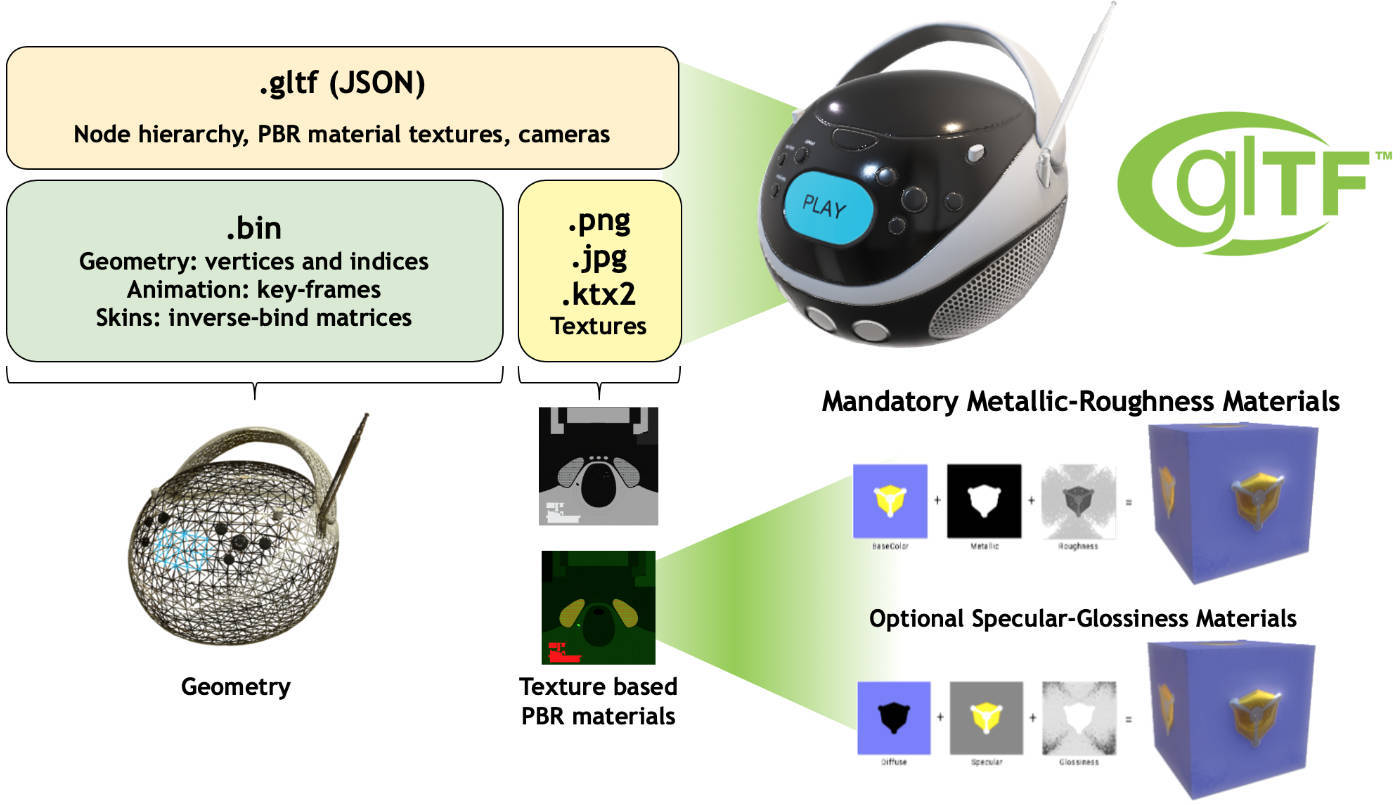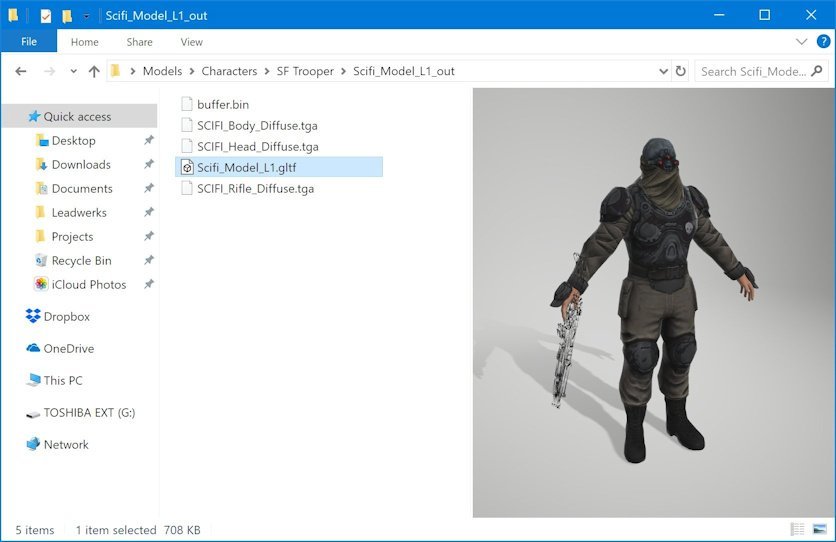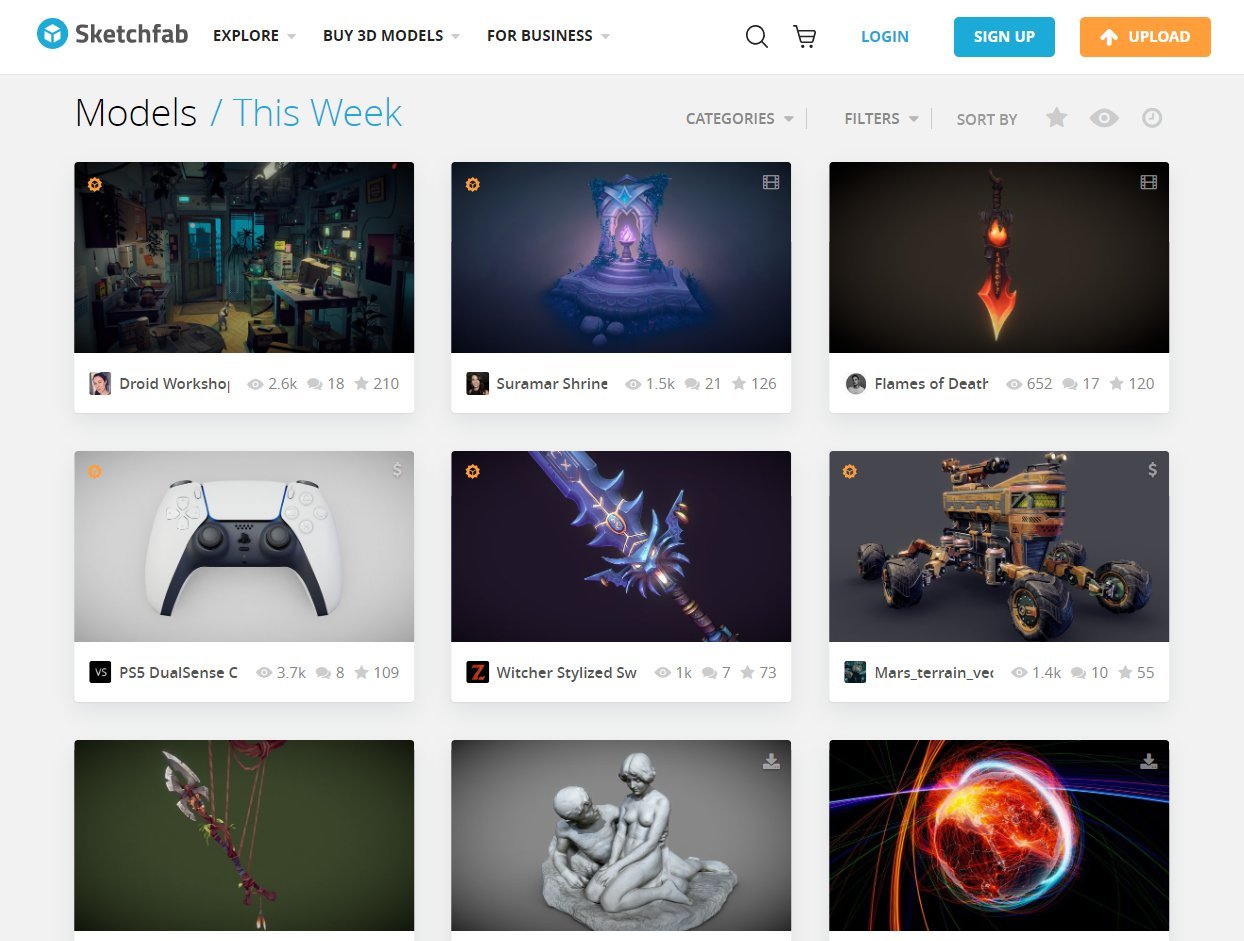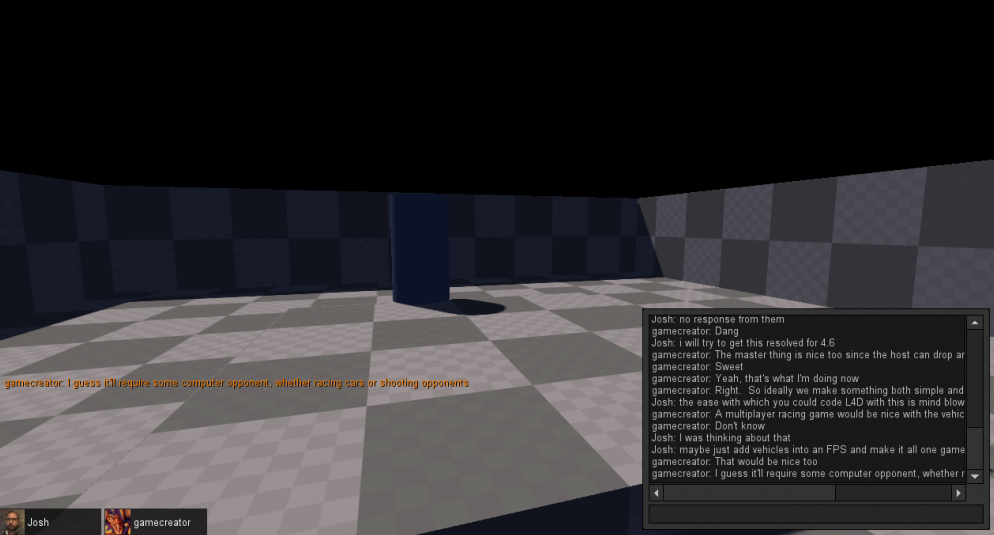Ultra App Kit: Let's Solve the Desktop UI Problem
Native user interfaces like Win32 and Cocoa are limited and dated. Web-based technologies like Electron look nice, but the final product runs slow and feels sluggish. These problems caused me to rethink user interface design and come up with a new paradigm to deliver the best possible experience for desktop applications on the PC.
Check it out on Kickstarter now!

Purchases will also be available through IndieGoGo, Steam, and direct through our website before the product release.
[previewyoutube][/previewyoutube]
[h2]Background[/h2]
A few years ago I launched a crowdfunding campaign to bring Leadwerks Game Engine to the Linux operating system. The software went on to become a success, with over $1 million in sales and more than 30,000 customers, including NASA, Northrop Grumman, and Lockheed Martin. I learned a lot from that experience and as I began a new software application, I wanted to revisit the user interface and see if there was any way to deliver a better user experience.
[h2]Close-to-the-Metal Design[/h2]
Ultra App Kit provides a fast and customizable user interface for building game development tools and other desktop programs. The SDK is built around the same low-level APIs as the native user interface, with a customizable easy-to-use core updated for desktop applications in the 2020s.
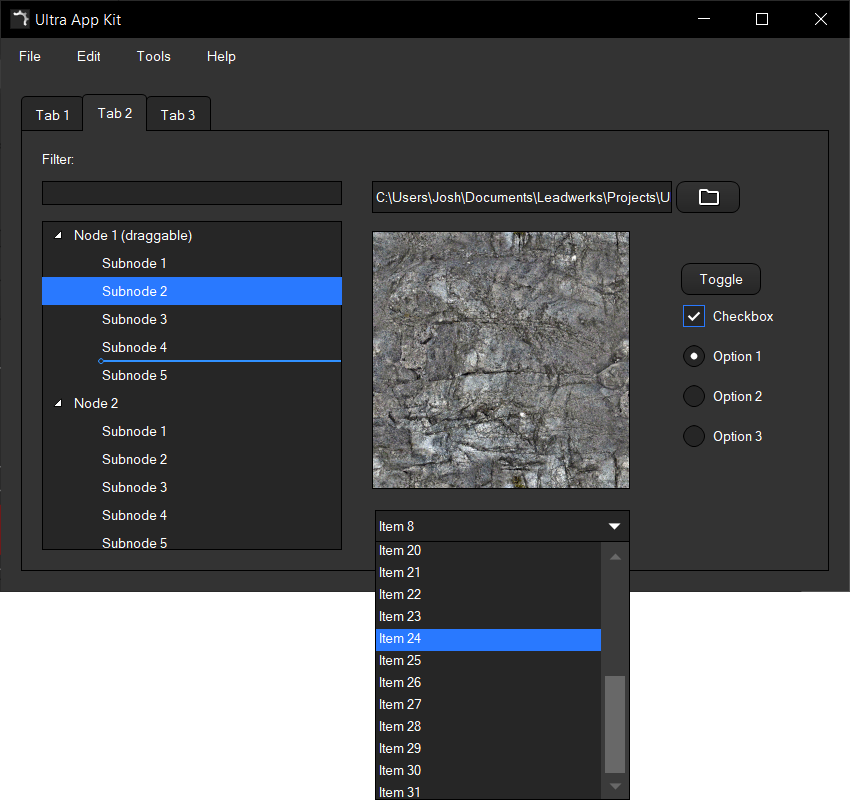
[h2]Usage[/h2]

[h2]Supported Widgets[/h2]
[h2]API Design[/h2]
[h2]UI Features[/h2]
[h2]Other Features[/h2]
[h2]Stretch Goals[/h2]
[h2]Other Ways You Can Help[/h2]
Some people just can't contribute, but that doesn't mean you can't help. Get the word out and make some noise about this campaign!
Thank you for your support!
[h2]About Leadwerks 5[/h2]
Leadwerks Game Engine 5 is in development, with an initial release scheduled for spring 2021, with Vulkan graphics and 64-bit floating point support, Join our community and help shape the final design of our most advanced technology yet.
Check it out on Kickstarter now!

Purchases will also be available through IndieGoGo, Steam, and direct through our website before the product release.
[previewyoutube][/previewyoutube]
[h2]Background[/h2]
A few years ago I launched a crowdfunding campaign to bring Leadwerks Game Engine to the Linux operating system. The software went on to become a success, with over $1 million in sales and more than 30,000 customers, including NASA, Northrop Grumman, and Lockheed Martin. I learned a lot from that experience and as I began a new software application, I wanted to revisit the user interface and see if there was any way to deliver a better user experience.
[h2]Close-to-the-Metal Design[/h2]
Ultra App Kit provides a fast and customizable user interface for building game development tools and other desktop programs. The SDK is built around the same low-level APIs as the native user interface, with a customizable easy-to-use core updated for desktop applications in the 2020s.

[h2]Usage[/h2]

[h2]Supported Widgets[/h2]
- Label
- Button (push, checkbox, radio, and toggle styles)
- ProgressBar
- TextField
- TextArea
- ComboBox
- ListBox
- Slider (scrollbar, trackbar, and stepper styles)
- Draggable multi-select TreeView
- Create your own!
[h2]API Design[/h2]
- C++ shared pointers everywhere
- Extensible widgets system
- Extensive documentation with examples for each command
- Can be made to interface with C# and Lua
[h2]UI Features[/h2]
- Resolution independent for any DPI (16K+)
- Load SVG vector images
- Filter and sort widget items by name
- Set widget and item image
- Change mouse cursor
- Custom color schemes stored in JSON files
[h2]Other Features[/h2]
- File I/O
- File system watcher
- Memory allocation and management
- Image loading, saving, processing
- Package system for loading files from compressed / encrypted archives
- Plugin system
- Thread management
- String manipulation (split, match, conversion, etc.)
- Message boxes and file / folder requester
[h2]Stretch Goals[/h2]
- $20,000: C# and Lua programming support
- $50,000: Linux and Mac support
- $80.000: Visual UI Designer
[h2]Other Ways You Can Help[/h2]
Some people just can't contribute, but that doesn't mean you can't help. Get the word out and make some noise about this campaign!
Thank you for your support!
[h2]About Leadwerks 5[/h2]
Leadwerks Game Engine 5 is in development, with an initial release scheduled for spring 2021, with Vulkan graphics and 64-bit floating point support, Join our community and help shape the final design of our most advanced technology yet.
